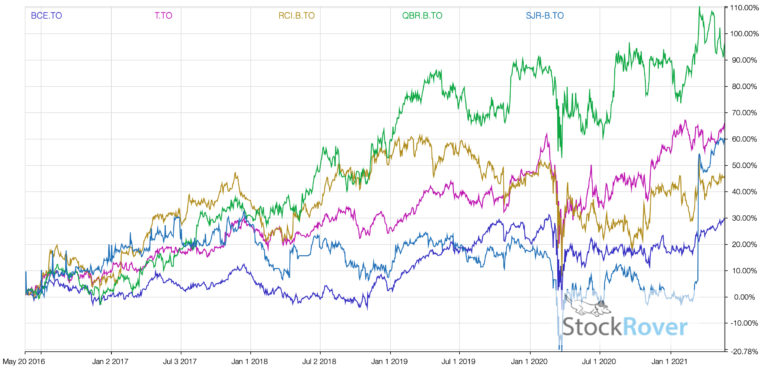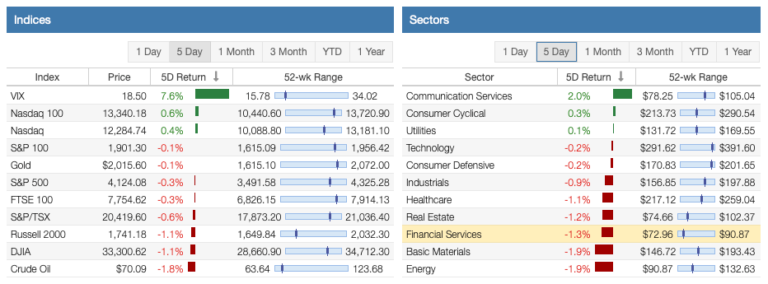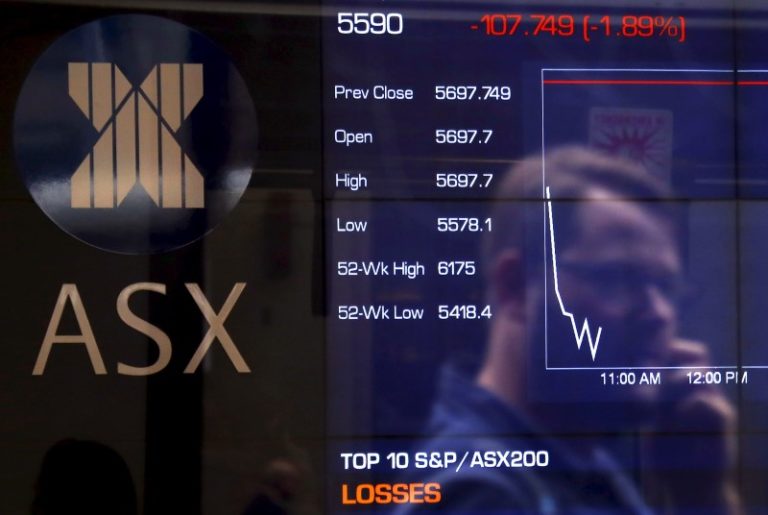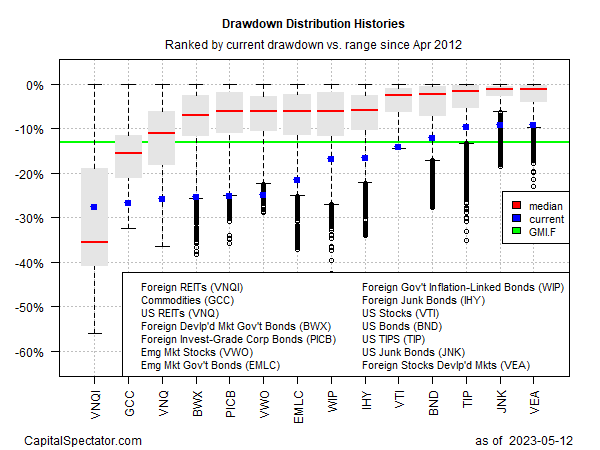36 Dividend Aristocrats for further research
The Dividend Aristocrats List includes S&P 500 companies which have managed to increase annual dividends for at least 25 years in a row.
This is not a small achievement, which is why there are only 66 companies which fit this. Typically, a long streak of annual dividend increases is a testament to a quality business, with competitive advantages or moats, which has managed to generate higher earnings per share for decades. These types of businesses typically manage to earn above average returns on investment, and end up generating more cashflows than they know what to do with. Hence, these companies end up growing those dividends year in and year out.
The focus on paying a dividend unlocks value for shareholders, because it removes excess cash each year, and focuses management teams on the reinvestment projects with the highest return on investment for the companies.
In other words, growing dividends for a long period of time does not happen by accident. It is usually an indication of a great business.
That being said, things change. The long streak of annual dividend increases is just the first step in the process for me. It merely gets a company on my list.
I went ahead and screened out the list of Dividend Aristocrats for 2023 using the following criteria:
1) Having increased annual dividends for 25 years in a row (being an Aristocrat covers this requirement easily)
2) Rising earnings per share over the past decade
I believe that rising earnings per share are the fuel behind future dividend increases. I reviewed the earnings history for each dividend aristocrat and excluded those with spotty earnings growth or lack of earnings growth.
3) Five year dividend growth exceeding 3%
I am looking for companies that have managed to grow dividends above the historical rate of inflation. In general, higher yielding companies would have lower dividend growth rates. Lower yielding companies would be expected to have higher dividend growth rates.
4) Most recent dividend increase being higher than 3%
I am also looking for consistent dividend growth however. This is a good step to weed out companies whose near-term prospects are decelerating.
This simple screen narrowed the list of dividend aristocrats for further research to 36 companies. The companies include:
This of course is simply a list for further research, not a recommendation. When reviewing each company, I would look at:
1) Trends in earnings per share over the past 5 and 10 years, along with near term earnings expectations. I look for stability of those earnings per share, and whether they are accelerating or decelerating. For example, while Hormel is on this list for research, it has been unable to grow earnings per share for the past 5 years. If earnings don’t materially rise above $2, future dividend growth would be hard to come by.
2) Trends in dividends per share
I like to see trends in dividends per share, and watch how dividend growth ebbs and flows. Consistency is great, but it should also come from a consistent and dependable earnings stream. Some fluctuations are inevitable however.
3) Dividend payout ratios
The payout ratio shows me how sustainable the dividend payment is. I evaluate dividend safety by looking at the dividend payout ratio, and preferably seeing it below 60%. I do also review the trends in this indicator, and generally like to see it sitting in a range. For certain companies, a higher dividend payout ratio may be appropriate, but then I would expect this ratio to always be high – e.g. tobacco companies or REITs. It’s in general best to see dividends and earnings rising at a similar pace over time.
I don’t want companies paying too much in earnings to the point of jeopardizing the business and the dividend. We want safety, stability and dependability. Is that too much to ask for?
4) Valuation
Valuation is part art and part science. I do not have a ready formula for stating if a stock is cheap or expensive.
I do look at:
1) P/E ratios
2) Historical Rates of Dividend Growth
3) Understanding the industry/company/cyclicality of it
4) General level of interest rates
5) Dividend yield
I try to take all of these factors into consideration. I also try to compare between companies on my opportunity set. Plus I take into consideration whether I own a position in a company or not.
Some folks tend to look at the historical Highs and Lows in their favorite valuation technique such as P/E ratio or Dividend Yield too. I don’t, because there were different conditions in the past in terms of growth and interest rates, but it could aid someone, hence I am mentioning it.
Relevant Articles:
– Rising Earnings – The Source of Future Dividend Growth
– My screening criteria for dividend growth stocks
Published at Tue, 21 Mar 2023 01:00:00 -0700





